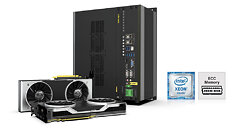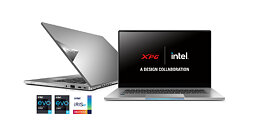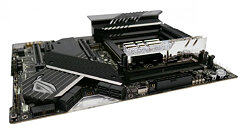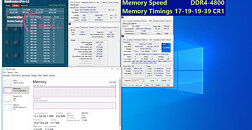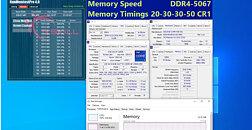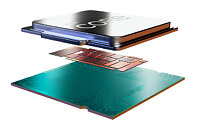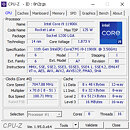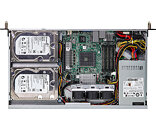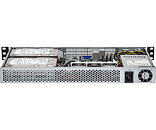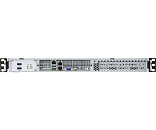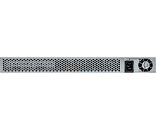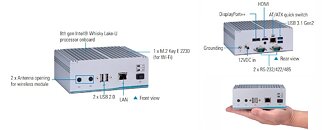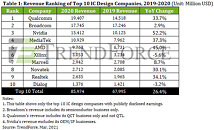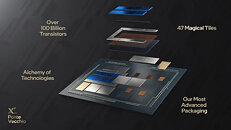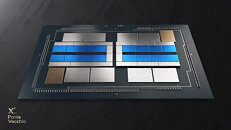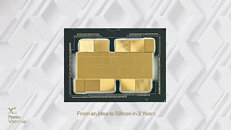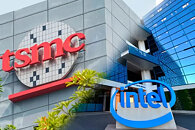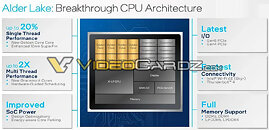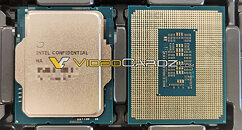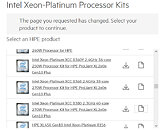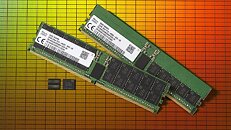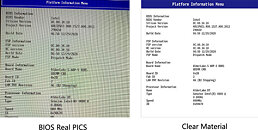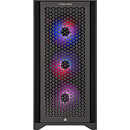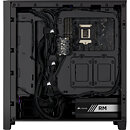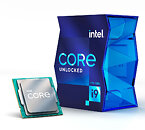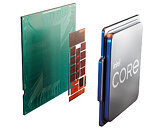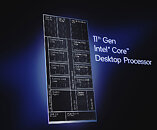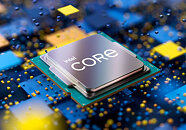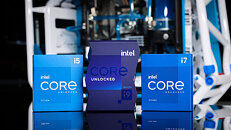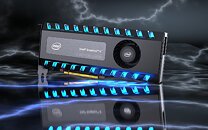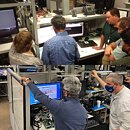Cincoze Introduces Flagship High-Performance Industrial-Grade GPU Computer
Rapid evolution in AI technology is infusing IoT devices with new capabilities, leading to the new trend of AIoT. Simply speaking, IoT devices acquire data then transmit that data through the network to an integrated backend system. Typical applications include automation, remote control, and connection with other IoT devices. AIoT brings the power of AI to these IoT devices, so that machine equipment and factories can play a more active role in the process and learn intelligently. Accumulation of data, continuous learning, and data analysis can achieve failure prevention or autonomous operation to implement a fully-fledged "smart factory." The GP-3000 is Cincoze's highly-acclaimed flagship model for AI and machine vision applications, combining high-end computing performance, rich high-speed I/O, and harsh environment resilience to enable edge computing in the AIoT framework. It is the first choice for effectively implementing multiple applications on the field side, such as smart manufacturing and transportation.
The key to rapid smart manufacturing upgrades is introducing high-efficiency GPU computers as the on-site data processing center. To that end, the GP-3000 supports an Intel Xeon /Core (Coffee Lake-R & Coffee Lake) processor and sports the Intel C246 chipset, with up to two sets of DDR4-2666 ECC/non-ECC SO-DIMMs for a maximum of 64 GB of total memory. This setup provides the coveted combination of efficient processing and parallel processing. The GPU Expansion Box (GEB) supports up to two 250 W high-end full-length (≤328 mm) GPU cards to further enhance its processing capabilities. The high-speed I/O ports, with the simple addition of a camera, become the machine equipment's eyes, allowing for the quick and accurate inspection and categorization of high-definition image inputs.
The key to rapid smart manufacturing upgrades is introducing high-efficiency GPU computers as the on-site data processing center. To that end, the GP-3000 supports an Intel Xeon /Core (Coffee Lake-R & Coffee Lake) processor and sports the Intel C246 chipset, with up to two sets of DDR4-2666 ECC/non-ECC SO-DIMMs for a maximum of 64 GB of total memory. This setup provides the coveted combination of efficient processing and parallel processing. The GPU Expansion Box (GEB) supports up to two 250 W high-end full-length (≤328 mm) GPU cards to further enhance its processing capabilities. The high-speed I/O ports, with the simple addition of a camera, become the machine equipment's eyes, allowing for the quick and accurate inspection and categorization of high-definition image inputs.
